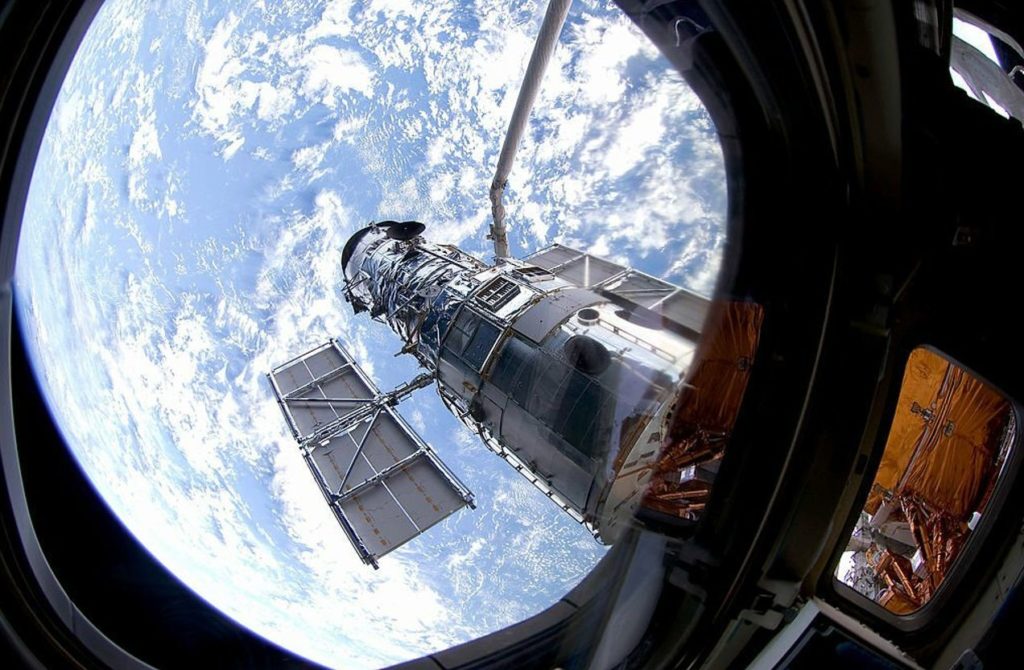Most of the stars and gas in spiral galaxies are confined to a circular disk grouped in spiral arms. A stunning image of a “grand design” spiral galaxy shows that there is a lot more to a galaxy than what we can see.
Images taken by the Hubble Space Telescope show the stunning spiral galaxy M99. M99 is a “grand design” spiral galaxy, with well-defined, massive spiral arms visible in this image. It is located 42 million light-years from Earth in the constellation Coma Berenices.

M99 was photographed twice by Hubble’s Wide Field Camera 3, allowing astronomers to examine two very different celestial occurrences. Both sets of observations are represented in the graph above.
The initial set of measurements sought to bridge the gap between novae and supernovae, two types of cosmic explosions. Novae are caused by interactions between white dwarfs and bigger stars in binary systems.
Supernovae, which indicate the catastrophically violent deaths of huge stars, are much brighter. Current astronomical theories suggest that sudden, transient occurrences with a brightness somewhere between novae and supernovae could occur.
Despite the fact that the event was cloaked in mystery and disagreement, astronomers noticed it in M99 and used Hubble’s sharp vision to take a closer look and precisely locate the fading source.
The second batch of observations was made as part of a larger Hubble mission aiming at tracing the links between nascent stars and the cold gas clouds from which they develop.
Hubble examined 38 neighboring galaxies and discovered groups of hot, young stars. These 38 galaxies were also spotted by the Atacama Large Millimeter/submillimeter Array (ALMA), a massive radio telescope with 66 individual dishes positioned high on the Atacama Desert Plateau just west of the Chilean Andes.
The combination of Hubble’s studies of young stars and ALMA’s views into cold gas clouds will allow astronomers to delve deeper into the complexities of star formation, paving the way for future research with the NASA/ESA/CSA James Webb Space Telescope.
Image Credit: ESA/Hubble & NASA, M. Kasliwal, J. Lee and the PHANGS-HST Team
You were reading: Breathtaking Image Reveals “Grand Design” of a Distant Spiral Galaxy